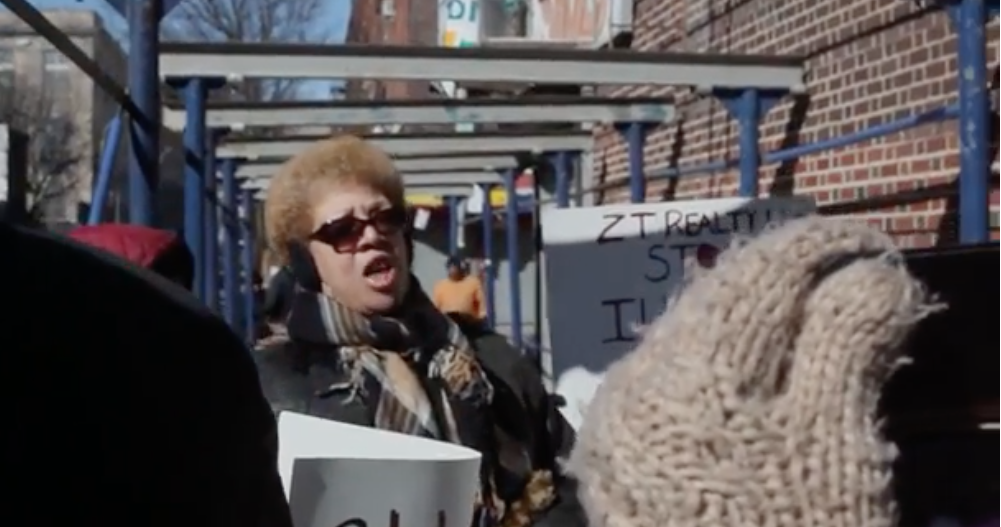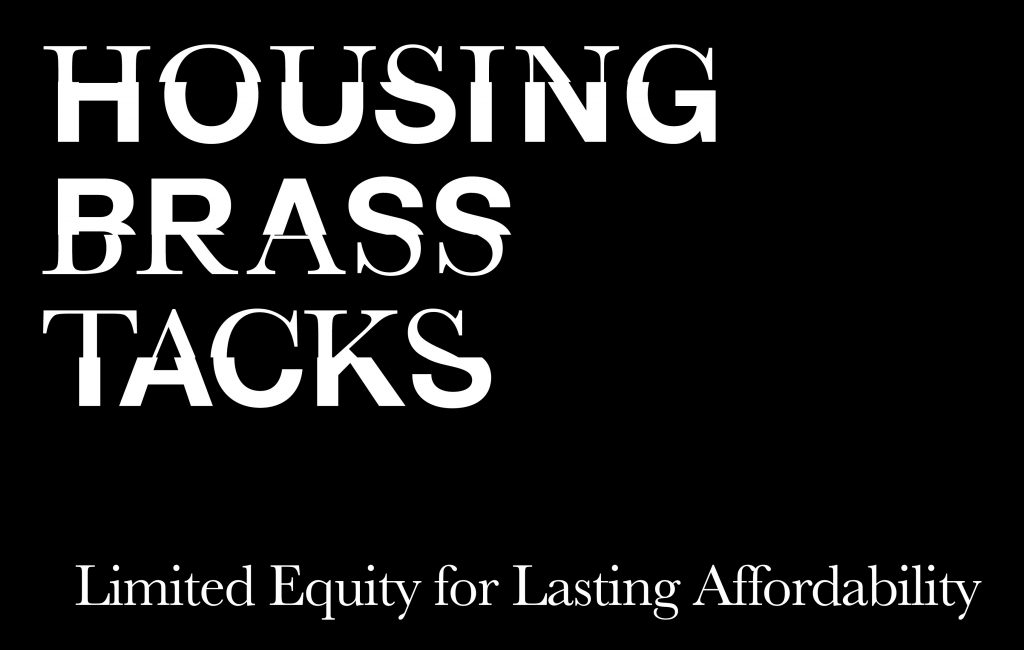
Limited equity for lasting affordability
Housing Brass Tacks is an informal discussion series designed as a primer on big ideas and essential mechanics in housing policy and development.
November 13, 2017
7:00 p.m.
Ever-increasing housing costs and displacement pressures have led to a renewed interest in shared-equity housing programs, which have long-term affordability restrictions that make homeownership possible for low- and moderate-income households. One model prominent in New York City for the last 60 years is limited-equity cooperatives, which have below-market purchase prices and limitations on resale profits in order to keep buildings affordable in perpetuity. The state’s Mitchell-Lama program is perhaps the best known example of limited-equity locally, but many other initiatives have helped to make the city the largest community of affordable co-ops in the country.
Regarding home as shelter rather than commodity, the nonprofit Urban Homesteading Assistance Board (UHAB) has worked, building by building, to create resident-controlled limited-equity co-ops since 1973. To date, UHAB has helped to preserve more than 1,600 buildings and create more than 30,000 cooperative apartments. In our 13th Brass Tacks discussion, the organization’s executive director Andrew Reicher will detail the advantages of limited-equity tenure, UHAB’s strategies for assisting residents in developing and managing affordable co-ops, and how the organization’s work has evolved to include tenant organizing and policy advocacy.
Ample time for conversation will follow Andrew’s presentation. You bring the questions, we’ll supply the experts and the wine.
Andrew Reicher joined the Urban Homesteading Assistance Board (UHAB) in 1978 as Director of Technical Assistance & Research and has served as Executive Director since 1981. Under his leadership, UHAB’s base of resident-run and resident-owned Housing Development Fund Corporation (HDFC) co-ops has grown from several dozen to more than 1,600 buildings in New York City. UHAB’s self-help approach has expanded from a single focus on housing cooperatives to include tenant associations struggling to preserve their affordable housing in the face of gentrification and expiring use restrictions. Andrew holds a master’s degree in architecture from the University of California at Berkeley.
About Housing Brass Tacks
Understanding housing policy, finance, and regulation is daunting. One must wade through a sea of acronyms, untangle public and private interests, trace knotty financial flows, and decrypt complex bureaucracies. Making heads or tails of all this can take a lifetime, but the need to understand is urgent. We all feel New York City’s housing squeeze; increased affordable housing is a centerpiece of our mayor’s agenda; and sweeping changes in housing and community development policy may soon come at the federal level. The Architectural League is here to introduce (or refresh) our housing proficiency. Housing Brass Tacks is an informal discussion series designed as a primer on big ideas and essential mechanics in housing policy and development. We’re getting down to brass tacks: the fundamentals that structure this unwieldy topic.


